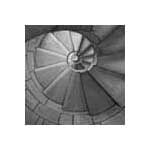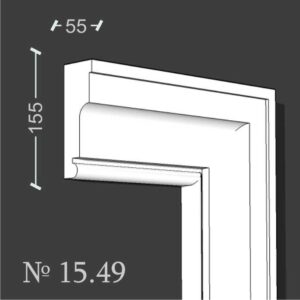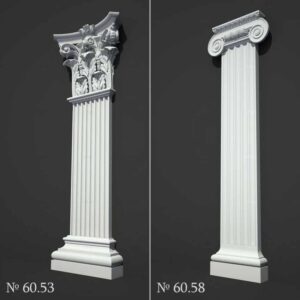In the heart of Gérardmer, a house stands as a testament to the harmonious blend of tradition and modernity. Its design, deeply rooted in the architectural history of upland farms in les Vosges, showcases the innovative use of grey and blond wood. This article delves into the artistry and craftsmanship behind this contemporary masterpiece.





The Aesthetic Appeal of Grey and Blond Wood
The juxtaposition of grey and blond wood breathes life into the house, creating a visual symphony that resonates with both nature and modern design principles. The grey wood, reminiscent of the misty mornings of Gérardmer, contrasts beautifully with the warm tones of the blond wood, evoking feelings of warmth and coziness.
The choice of these two hues is not merely aesthetic. It speaks volumes about the architect’s intent to bridge the gap between the old and the new, drawing inspiration from the region’s rich history while infusing it with contemporary flair.
Each plank, each beam, tells a story. A story of the forests of Vosges, of the hands that crafted them, and of the vision that brought them together in this architectural marvel.
The exterior, adorned with grey wood, seamlessly blends with the natural surroundings, while the interiors, bathed in the soft glow of blond wood, exude a sense of tranquility and warmth.
It’s a design choice that goes beyond mere aesthetics, touching the very soul of those who experience it, making the house not just a structure, but a living, breathing entity.



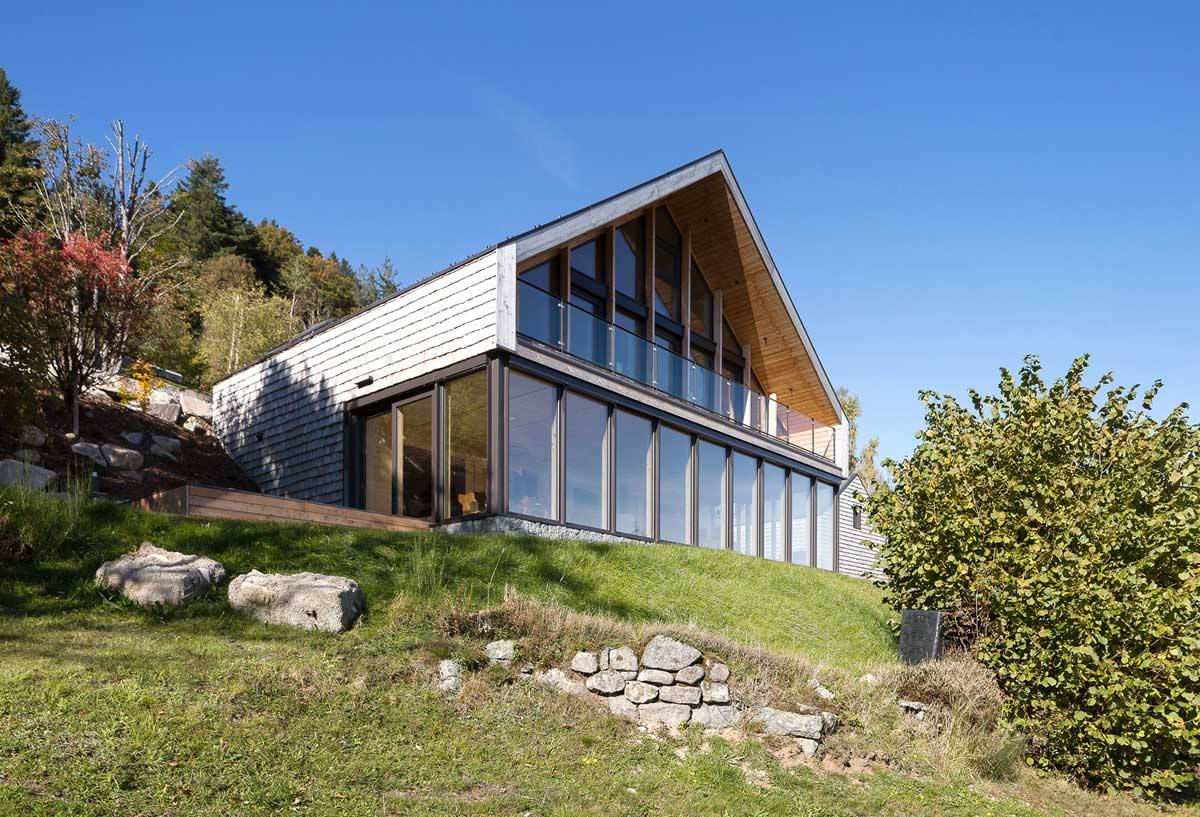

Sourcing and Sustainability of the Woods
The woods used in this project are not just any woods; they are a testament to the region’s rich forestry heritage. The grey wood, sourced from the Vosges region, carries with it the essence of the upland farms and the history they represent.
Blond wood, on the other hand, is a nod to the region’s commitment to sustainable forestry. It’s not just about the color or the grain; it’s about the story behind each piece, the journey it has undertaken from the forest to the sawmill, and finally, to this house.
The commitment to using local resources not only reduces the carbon footprint but also ensures that the materials are in harmony with the local climate and environment.
By choosing these specific woods, the architects have not only created a design masterpiece but have also made a statement about the importance of sustainability and local craftsmanship.
It’s a lesson in how design choices can have far-reaching implications, not just for the aesthetics of a structure but for the environment and the community at large.




The Craftsmanship Behind the Design
The beauty of the house in Gérardmer is not just in its design but in the craftsmanship that brought the design to life. Every piece of wood, every joint, every finish speaks of the meticulous attention to detail that went into its creation.
The grey wood, with its rugged texture, is a testament to the skills of the artisans who worked on it, preserving its natural beauty while ensuring its durability.
The blond wood interiors, with their smooth finish and warm glow, showcase the finesse and precision of modern woodworking techniques.
It’s a blend of traditional craftsmanship and modern technology, a marriage of the old and the new, resulting in a structure that is both timeless and contemporary.
The house stands as a testament to what can be achieved when artistry, skill, and vision come together.



The Role of Wood in Modern Architecture
Wood, as a building material, has been used for centuries. However, its role in modern architecture is evolving, with architects and designers exploring its potential in new and innovative ways.
The house in Gérardmer is a prime example of this evolution. The use of grey and blond wood is not just a design choice; it’s a statement about the versatility and adaptability of wood as a building material.
In an age where sustainability is paramount, wood offers a renewable and eco-friendly alternative to more traditional building materials.
Its natural insulating properties, combined with its aesthetic appeal, make it a preferred choice for contemporary designs.
Moreover, the tactile nature of wood, its warmth, and its ability to evoke emotions make it an integral part of the human experience, connecting us to nature and to our roots.
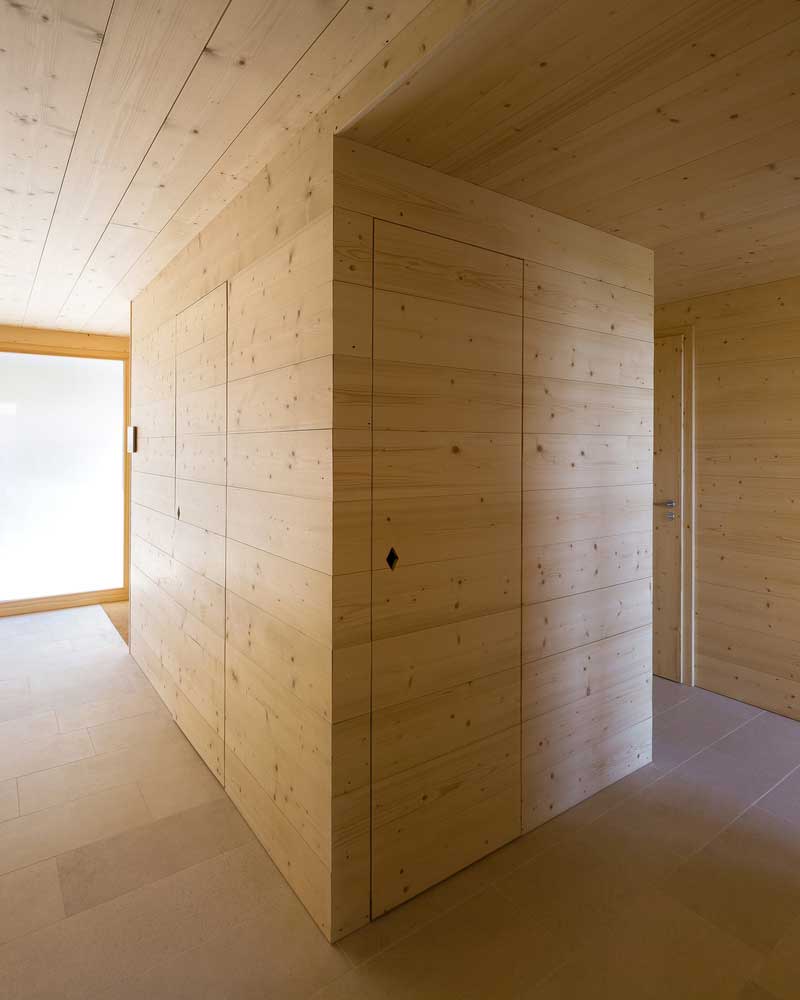

Embracing Nature with Wood
Wood, in its essence, is nature’s gift to architecture. Its organic texture, grain patterns, and inherent warmth make it a favorite among architects aiming to bring a touch of nature into modern spaces.
The grey wood, with its muted tones, mirrors the serene landscapes of Gérardmer, creating a sense of continuity between the house and its surroundings. It’s as if the house has grown organically from the land, paying homage to the natural beauty of the region.
Blond wood, with its lighter hues, brings a sense of lightness and airiness to the interiors. It reflects the sunlight, filling the spaces with a soft, golden glow, creating an ambiance of peace and relaxation.
The strategic placement of wooden elements, from the flooring to the ceiling, ensures that nature is always within reach, blurring the lines between the indoors and the outdoors.
This conscious decision to embrace wood in its various shades and textures is a testament to the timeless appeal of this material and its ability to transform spaces.


The Future of Wood in Home Design
As we move forward, the role of wood in home design is set to evolve further. With increasing emphasis on sustainability and eco-friendly design choices, wood, especially when sourced responsibly, will play a pivotal role in shaping the homes of the future.
The house in Gérardmer is a glimpse into this future. The use of grey and blond wood is not just a design statement but a commitment to a sustainable future. It’s a nod to the possibilities that lie ahead when we choose to design with nature in mind.
Innovative treatments and finishes will further enhance the durability and versatility of wood, making it suitable for a wider range of applications.
Collaborations between architects, artisans, and wood suppliers will lead to the discovery of new techniques and methods, pushing the boundaries of what’s possible with this age-old material.
As we stand at the cusp of a new era in home design, wood, in all its shades and textures, will undoubtedly be at the forefront, shaping our living spaces and our experiences.



Conclusion
The innovative use of grey and blond wood in the house in Gérardmer is more than just a design choice; it’s a vision for the future. It’s a celebration of the timeless beauty of wood, its versatility, and its potential to shape the homes of tomorrow. As we look ahead, it’s clear that wood, with its inherent warmth and connection to nature, will continue to inspire and captivate, leaving an indelible mark on the world of architecture.
